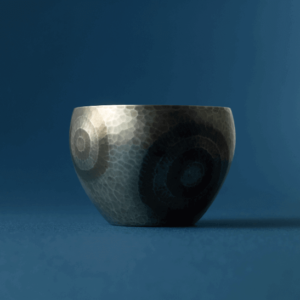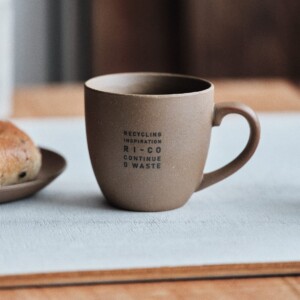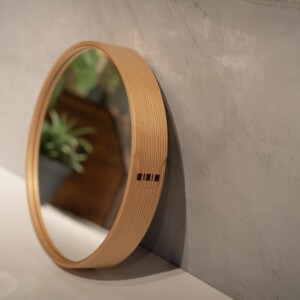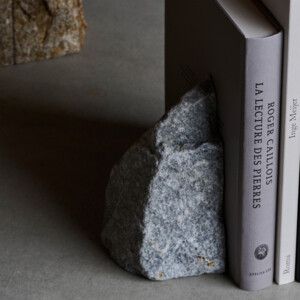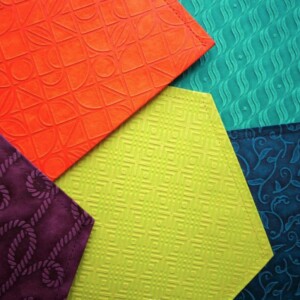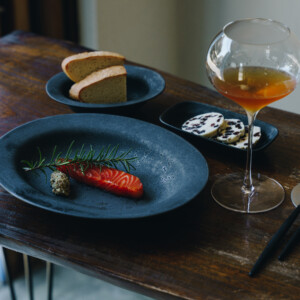
Nikko Geta Miyabi, a traditional craft of Tochigi Prefecture with a modern sensibility
Nikko geta, a traditional craft of Tochigi Prefecture, is a practical geta that is cool in summer and warm in winter.
Here we introduce the appeal of Nikko geta Miyabi, a more modern version of the Nikko geta.
What are Nikko Geta?
Nikko geta is a type of footwear with a zori surface sewn onto the geta, which originated in the Edo period (1603-1868) when people made pilgrimages to Nikko. They have been used in Tochigi Prefecture for many years and are now designated as a traditional craft of Tochigi Prefecture.
The Roots of Nikko Geta
Nikko geta originated in the Edo period. Tokugawa Ieyasu, the first shogun of the Edo Shogunate, is enshrined at Toshogu Shrine in Nikko. When entering such a prestigious place as Toshogu Shrine, it was the official etiquette of the time to change into zori (Japanese sandals). However, the precincts of the shrine were often covered with gravel and slopes, and in winter snow would fall, making it inconvenient to walk in zori sandals.
In the Meiji era (1868-1912), the Nikko geta was a practical improvement of the omen geta.
Nikko geta is a traditional Tochigi Prefecture craft.

Nikko Geta is designated as a traditional craft of Tochigi Prefecture. Tochigi Prefecture Traditional Crafts” are products used in daily life, using traditional techniques and raw materials, and have been handed down for many years in Tochigi Prefecture.
Nikko Geta Culture Inherited in the Modern Age
Today, people no longer wear kimonos, and there are fewer opportunities to wear Nikko geta. However, the culture of Nikko geta has taken root among citizens in various ways. At the Nikko Kekko Festival, which has long been loved by citizens, the Nikko Geta Hopping Championship, in which contestants flew Nikko clogs over a distance, was one of the main attractions of the event (the Nikko Kekko Festival has now been discontinued).
Also, at the “Kai Nikko” resort facility operated by Hoshino Resort, “Nikko Geta Talk,” in which staff members wearing Nikko Geta dance wildly like tap dancers, is a popular event (Kai Nikko is currently closed for renovation).
Nikko Geta Miyabi, where young craftsmen incorporate modern sensibilities into traditional handicrafts
Nikko geta are excellent footwear that become more comfortable the more you walk, and can be used throughout the year. However, in the modern age, when the custom of wearing kimonos has disappeared, they are not accepted by many people on their own. Nikko Geta Miyabi is a traditional craft that has been handed down from the Edo period, but has been given a new lease of life and improved to fit in with modern life.
Nikko Geta Miyabi has the following characteristics.
Geta soles designed for ease of walking
General clogs originally have two U-shaped teeth. In contrast, Gomen geta are characterized by the shape of Ukon geta with the front teeth at the leading edge and the back teeth at the trailing edge.
The soles of Nikko Geta Miyabi clogs have been further improved to be more similar to the soles of modern shoes so that they are easy to walk on, even for people who are not used to wearing clogs.
In addition, some of our products use the world-renowned Vibram sole for the bottom of the clog (the part that corresponds to the outsole of a shoe), which is in contact with the ground, as described below.
Abundant Color Variations
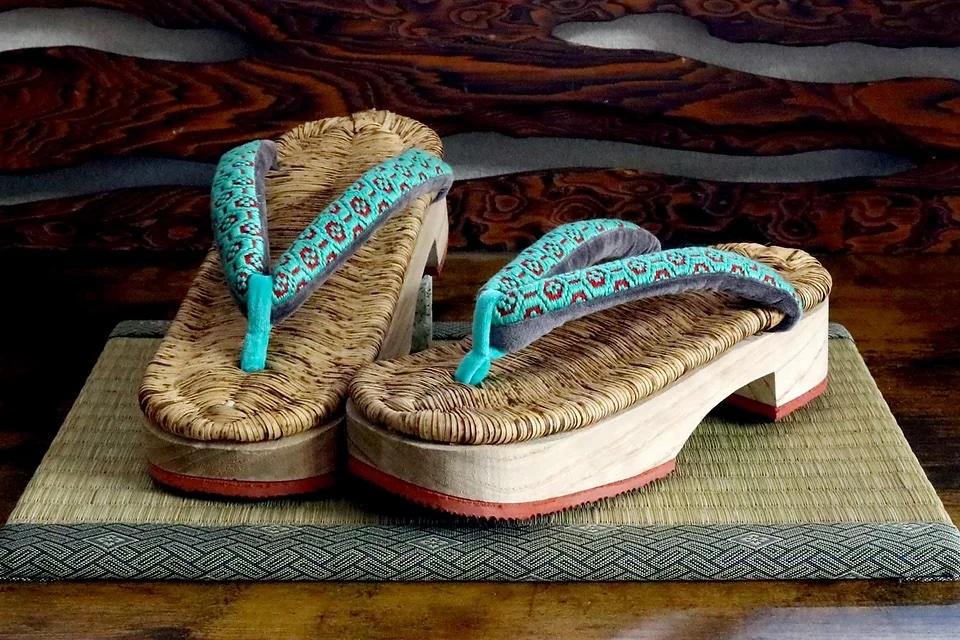
Another feature of our Nikko geta is that we offer nose-strings and zori charts that match modern fashions, rather than traditional geta designs.
By combining various types of hanao with zori mats dyed in vivid colors such as red and blue, we create stylish designs that match not only Japanese kimonos but also western clothes.
Nikko Geta Miyabi is particular about materials.
We are very particular about the materials used for the parts that make up our geta.
Geta stand
The geta stand is the part that corresponds to the sole of the shoe. At Nikko Geta Miyabi, we use light and strong paulownia wood for the base. Paulownia wood is hard to crack and easy to shave, making it an easy wood to process.
We carefully select our suppliers.
For example, one of our suppliers is Kiri no Hana Kobo in Chikusei City, Ibaraki Prefecture, which handles everything from cutting down paulownia logs. This workshop not only sells paulownia wood, but also manufactures its own paulownia geta, which are designated as a traditional craft of Ibaraki Prefecture.
Zori Table
A major feature of Nikko geta is the zori surface sewn onto the geta stand. The material used is bamboo bark, which keeps the geta cool in summer and warm in winter.
The bamboo bark is made from what is called “phantom bamboo bark,” which can only be found in a small part of Kyushu. It is a variant of madake and has few black spots. In some cases, the color of the material is used as it is, while in others, it is dyed in various colors such as red, blue, and purple to create a fashionable fashion item popular among young people.
The natural bamboo bark is torn into small pieces and carefully woven one by one, so the weave and shape of the zori will not be unnatural or the bamboo bark damaged. They have a natural texture with a handmade feel.
Geta sole

Rubber soles are applied to the bottom of the clogs to make them easy to walk on. In addition, Vibram soles are used on some products.
Vibram soles are developed and manufactured by Vibram, an Italian sole manufacturer, and are used by shoe manufacturers around the world. Originally developed for mountaineering shoes, it is now also incorporated into town-use sneakers and fashionable shoes.
They are lightweight and durable, so they do not tire easily even after long hours of walking. Only Nikko Geta uses Vibram soles.
Nanao

The nosepiece is the face of geta and an important part that determines the impression of the footwear. At Nikko Geta Miyabi, we offer a wide variety of hanao from traditional materials such as Oshima silk and Hakata textile to casual ones such as denim and flower prints.
Conclusion

Nikko geta produced by our store are fashionable footwear that matches not only kimonos and yukatas but also western clothes. Each process is finished by hand, so everything is one-of-a-kind, durable, and long-lasting. The feature of being able to repair them even if they break is also a good fit for the future society that aims to realize the SDGs. We hope that many people will discover the appeal of Nikko geta, which become more and more adored the longer they are worn.



-300x300.jpg)
